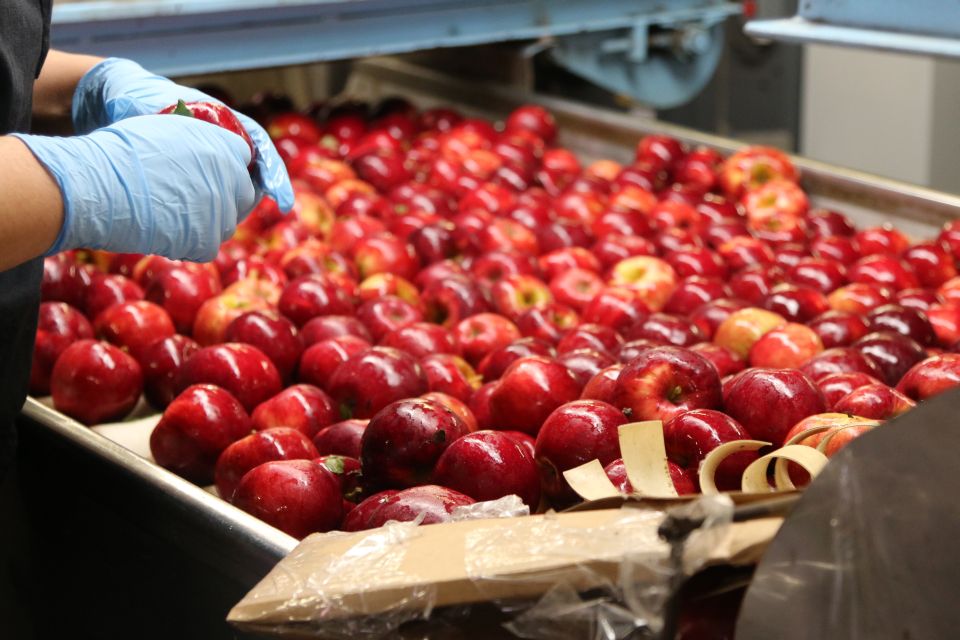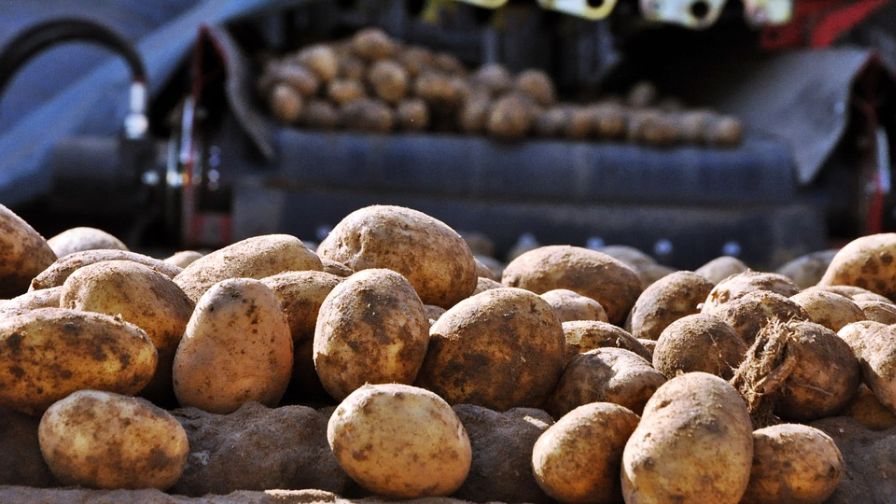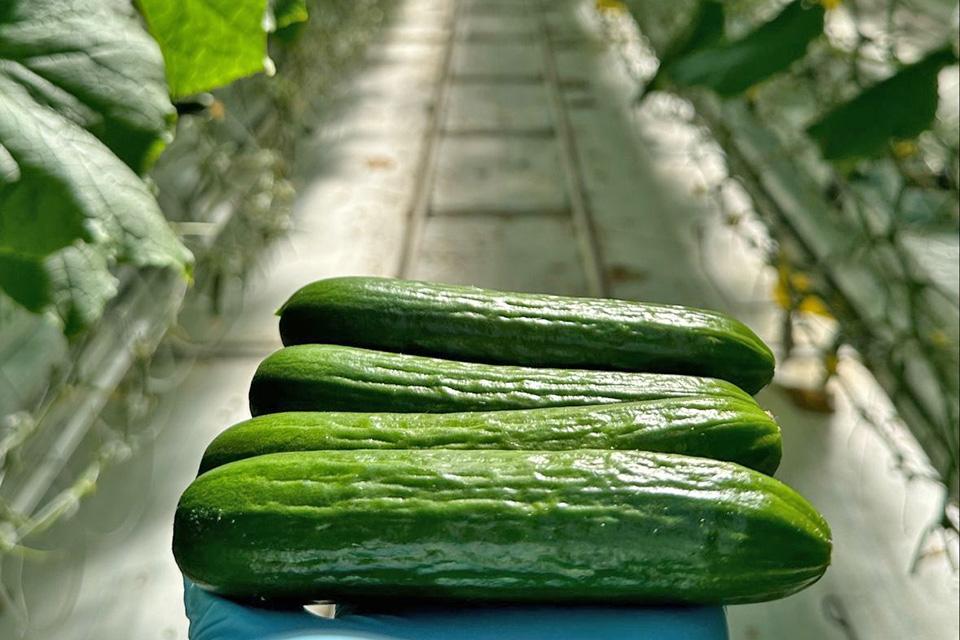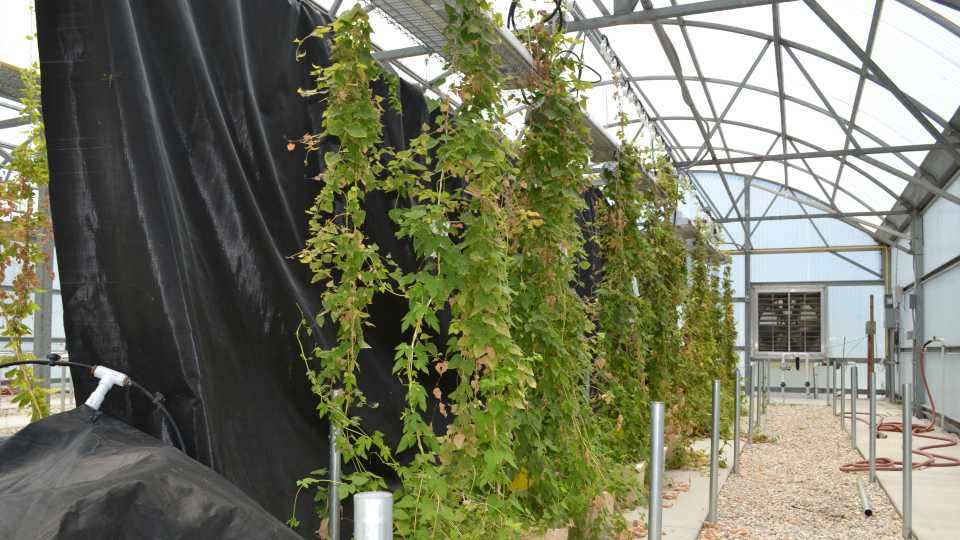Equipment Manufacturers Rise To The Occasion

What do vegetable growers want, or rather need, in terms of harvesting equipment and aids? Some equipment manufacturers weighed in on the types of requests they receive from growers, what models with additional bells and whistles have currently been developed or are in the works for the future, and how they are adapting to meet food safety requirements and EPA mandates.
It goes without saying that most growers want to use equipment that will save time, energy, and money. According to Peter DeGroot of California-based Valley Fabrication, a company that manufactures custom harvesting equipment, he gets orders from growers for a variety of “standard” machines, including transfer-deck harvesters, leaf cutters, bulk loaders, tee belts, and shuttles. Occasionally, DeGroot says, they get a request to develop something significantly different for a specific commodity. “Unfortunately the most interesting machines we’ve done recently are proprietary to the customers, but on our standard machines we are constantly making improvements,” he says.
Making improvements also is the name of the game at Pik Rite Inc., in Lewisburg, PA, a manufacturer of tomato, pepper, cucumber, chili pepper, and carrot harvesters. In fact, listening to growers’ requests helped shape the company’s new Model 240, a harvester for processing tomatoes.
“Requests like ‘we need a bigger sorter’ and ‘I have more acres for tomatoes now, but I don’t have enough to justify the large harvester’ are what drove us to come up with a machine that was a good mix of [Models] 190 and 290,” says Kevin Baker, lead engineer of harvesting equipment on Pik Rite’s Model 240 tomato harvester. “The 240 is a machine that can be pulled with a 150 to 175 horsepower tractor, which is the norm for most farms, and its harvesting capabilities are about 50% better than our smallest machine.
“Growers are always looking to improve the process and time spent, and their input to us as an OEM (original equipment manufacturer) isn’t taken lightly,” he continues. “We have a new height control system for the disk header which gives better control of where the crop is cut off. In turn, that helps control the amount of dirt the machine has to remove from it. We have also made some improvements to our debris removal fan. Both of these additions can help the harvester run faster through the field while producing a cleaner crop, which equates into a better load for the processor and a better grade on the crop.”
Labor Pains
Manufacturers of harvesting equipment also are quite aware of the current labor situation, or lack of labor in some areas, and the need for more mechanized harvesting tools. Valley Fabrication’s DeGroot says his operation — among others — has made strides in labor reduction, specifically for lettuce.
“For head lettuce and Romaine, we are among several machine builders that have developed machines that ‘mow’ and bring up the product in bulk,” he explains. “The challenge remains secondary trimming, core removal, and cleanup — which still takes labor.”
Another company looking to provide growers with more options and labor-saving devices is Oxbo International Corporation (Oxbo). In October 2011, Oxbo merged with Ploeger Agro to form the Ploeger Oxbo Group. The new company supplies harvesting equipment for fresh and process vegetables — among other crops — around the globe.
According to Oxbo’s Brian Maul, in addition to labor, there is a drive toward increasing efficiencies, which can include increased productivity, particularly as fuel prices fluctuate. The number of pounds harvested per hour is one way to measure efficiency, and this type of data plays into the development of new machines, he explains.
As another example, Maul says that in California, the fresh vegetable market relies heavily on harvesting aids, which typically include conveying systems. “What Oxbo focuses on is to look for opportunities to design more highly mechanized and self-propelled harvesters that reduce or eliminate the requirement for direct intervention of a person,” he explains.
Keeping Up With Regulations
Efficiency also is a focal point, especially where EPA mandates and their associated added costs are concerned. To remain in compliance with EPA regulations, many of Oxbo’s harvesters currently equipped with Tier 3 emission engines must be converted to Tier 4 interim or Tier 4 Final emissions compliant engines by 2016. According to Maul, when the company is driven to change its engine selections by the mandates of EPA or other regulatory bodies, Oxbo also incorporates improvements in the harvester’s operator environment, control systems, and harvesting system, making sure upgrades to the equipment are included with the new engines.
In addition to EPA regulations, Maul also says there will be more of an emphasis on traceability and food safety with harvesting equipment. “I think traceability will be incorporated on an increasing level, starting with the harvester and following through to processing and packaging,” he explains. “For traceability to be totally encompassing we are now designing the capability for some of these concepts into our harvesters.”
For example, he says, telematics, which is a primary building block toward traceability that provides growers and processors the capability to map where a machine is located, how much the unit has harvested, etc., is a focal point for the future. Maul says Oxbo is currently integrating telematics capabilities for remote monitoring of a harvester’s operating parameters and maintenance logging/recording.










